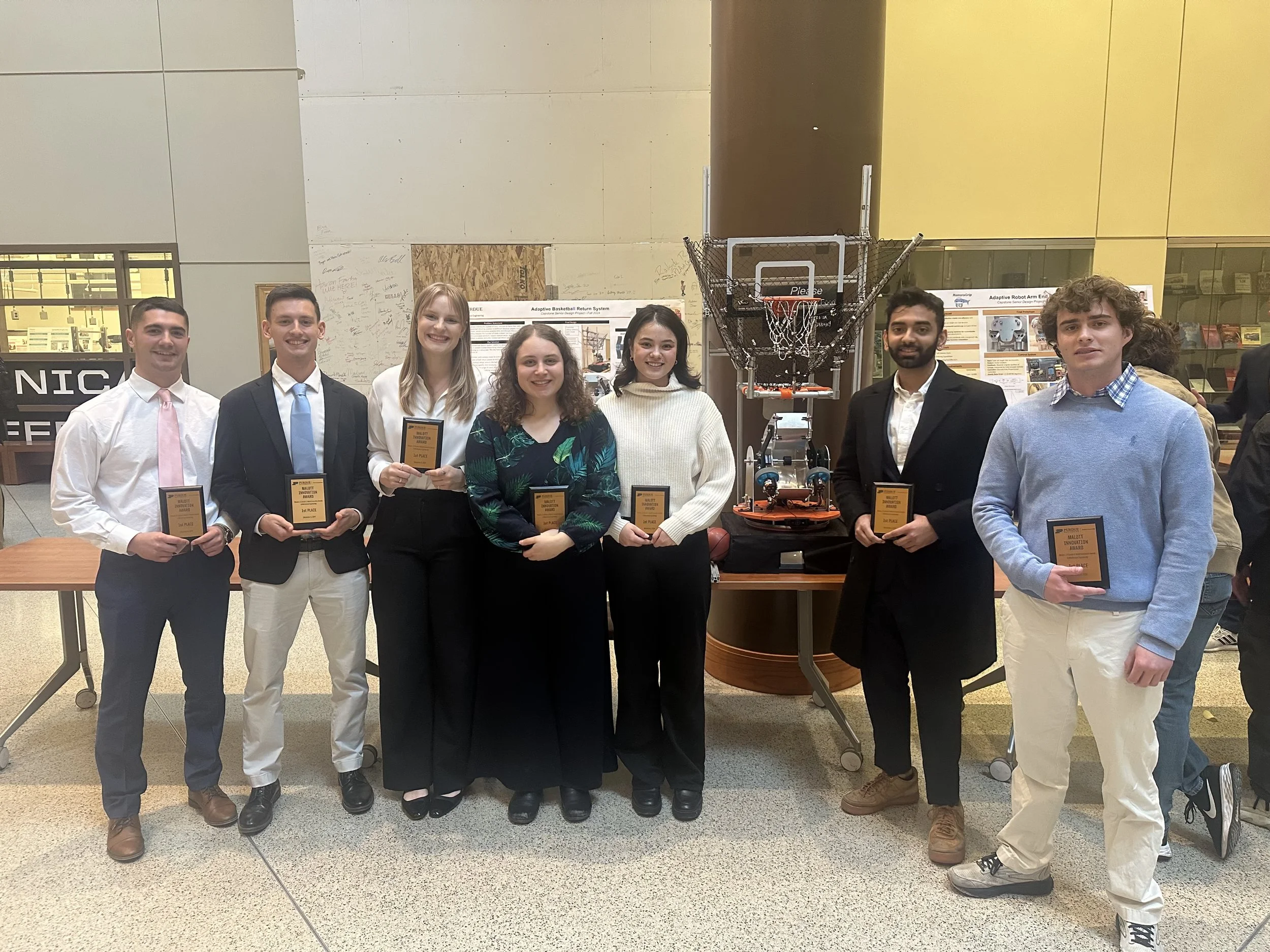"Absolute three-dimensional shape measurement with a known object," Optics Express (2017)
/J. Dai and S. Zhang, "Absolute three-dimensional shape measurement with a known object," Opt. Express25(9), 10384-10396 (2017); doi: 10.1364/OE.25.010384
Abstract
This paper presents a novel method for absolute three-dimensional (3D) shape measurement that does not require conventional temporal phase unwrapping. Our proposed method uses a known object (i.e., a ping-pong ball) to provide cues for absolute phase unwrapping. During the measurement, the ping-pong ball is positioned to be close to the nearest point from the scene to the camera. We first segment ping-pong ball and spatially unwrap its phase, and then determine the integer multiple of $2\pi$ to be added such that the recovered shape matches its actual geometry. The nearest point of the ball provides $z_{min}$ to generate the minimum phase $\Phi_{min}$ that is then used to unwrap phase of the entire scene pixel by pixel. Experiments demonstrated that only three phase-shifted fringe patterns are required to measure absolute shapes of objects moving along depth $z$ direction.



